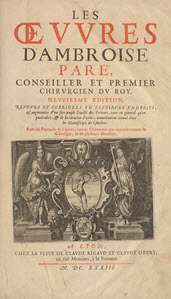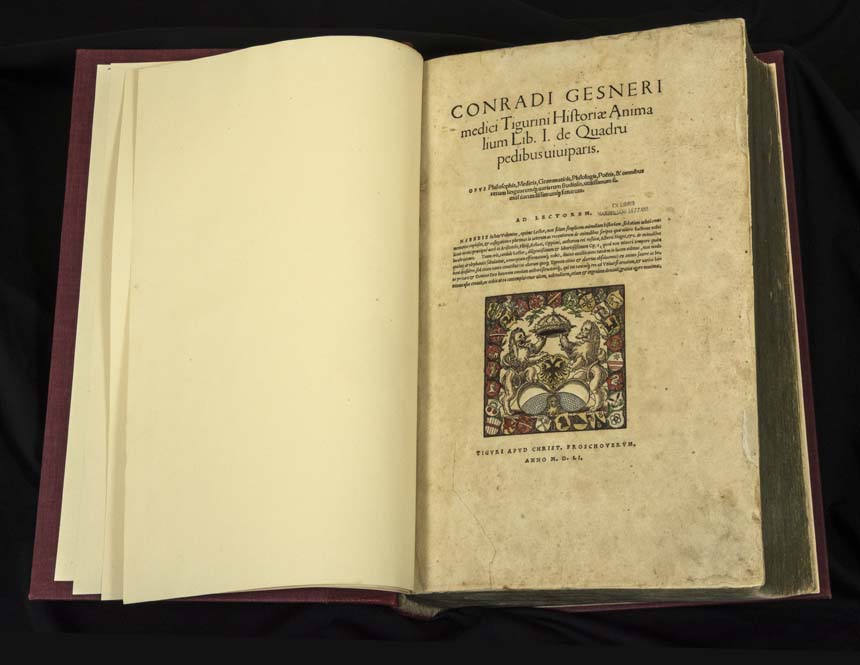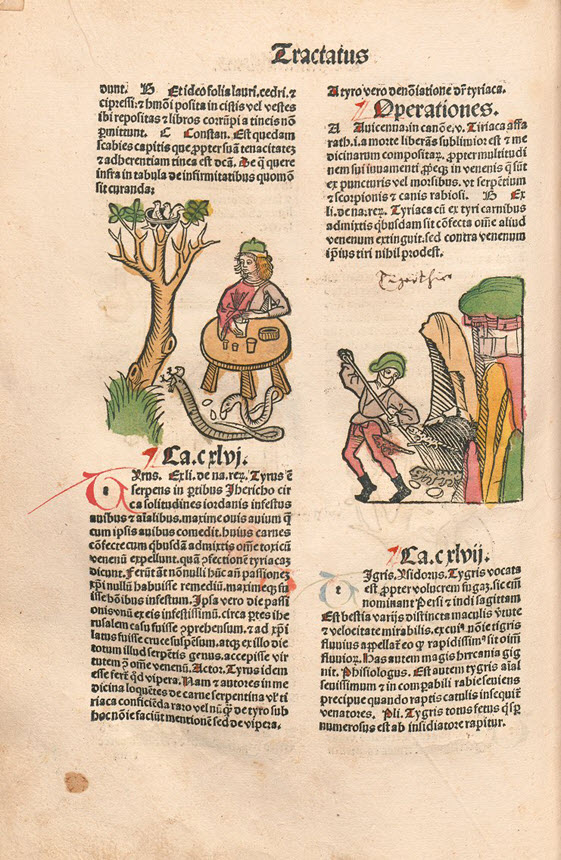I heard that on the edge of Germany near Styria, many flying four-legged serpents resembling lizards appeared, winged, with an incurable bite…
Swiss naturalist and physician Konrad Gesner, 1551
At Hogwarts School of Witchcraft, Harry Potter learns magic spells, charms, and potions. He is taught about the natural world and its uses. This knowledge helps Harry and his friends survive adventures and defeat the villainous Lord Voldemort.
Armed with information about the basilisk, Harry knows to avoid its fatal stare and to use its highly venomous fangs to destroy fragments of Voldemort’s soul. When Harry encounters a dragon in the Triwizard Tournament, he knows from his studies to have respect for the creature, which guarantees the young wizard’s survival.
Although they consider dragons dangerous creatures, wizards have created nature reserves with specialized caregivers to ensure the creatures can thrive without harming people. Dragons also have valuable magical traits—various parts are commonly used in potions and their heartstrings often compose the magical core of wands.
Konrad Gesner from Konrad Gessner als Gärtner (Konrad Gesner as a gardener), Diethelm Fretz, 1948
Courtesy National Library of Medicine
Like Harry Potter’s fictional professors, 16th-century Swiss naturalist and physician Konrad Gesner appreciated the knowledge gained by studying nature.
Historiae Animalium (Studies on animals), Konrad Gesner, 1551
Courtesy National Library of Medicine
Historiae Animalium is Konrad Gesner’s most well-known work and is considered one of the first examples of modern zoology. Unique to its time, the book includes not only Greek and biblical descriptions of animals, but also information Gesner gained from dissection.
Historiae Animalium (Studies on animals), Konrad Gesner, 1551
Courtesy National Library of Medicine
Like many of his contemporaries, Konrad Gesner believed that basilisks and dragons existed, and he catalogued their medicinal uses, alongside those of their reptile cousin, the snake.
Basilisk from Historiae Animalium (Studies on animals), Konrad Gesner, 1551
Like many of his contemporaries, Konrad Gesner believed that basilisks and dragons existed, and he catalogued their medicinal uses, alongside those of their reptile cousin, the snake.
Hortus Sanitatis (Garden of Health), published by Jakob Meydenbach, 1491
Courtesy National Library of Medicine
About 50 years after Hortus Sanitatis was published, Swiss naturalist and physician Konrad Gesner wrote about dragon fat’s success against “creeping ulcers” and viper flesh’s effectiveness in theriac, a poison antidote and cure-all commonly used until the late 19th century.
“Theriac even promises to make old age more peaceful, life longer, and one’s health more stable …”— Konrad Gesner, Historiae Animalium, 1551
Apothecary mixing theriac from Hortus Sanitatis (Garden of Health), published by Jakob Meydenbach, 1491
About 50 years after Hortus Sanitatis was published, Swiss naturalist and physician Konrad Gesner wrote about dragon fat’s success against “creeping ulcers” and viper flesh’s effectiveness in theriac, a poison antidote and cure-all commonly used until the late 19th century.
“Theriac even promises to make old age more peaceful, life longer, and one’s health more stable …”— Konrad Gesner, Historiae Animalium, 1551
The Natural History of Pliny, Pliny the Elder, translated by John Bostock and H.T. Riley, 1855
Courtesy National Library of Medicine
Roman scholar, natural philosopher, and author Pliny the Elder compiled this extensive study of the natural world into the first known encyclopedia, Natural History or Historia Naturalis.
I heard that on the edge of Germany near Styria, many flying four-legged serpents resembling lizards appeared, winged, with an incurable bite…
Swiss naturalist and physician Konrad Gesner, 1551
At Hogwarts School of Witchcraft, Harry Potter learns magic spells, charms, and potions. He is taught about the natural world and its uses. This knowledge helps Harry and his friends survive adventures and defeat the villainous Lord Voldemort.
Armed with information about the basilisk, Harry knows to avoid its fatal stare and to use its highly venomous fangs to destroy fragments of Voldemort’s soul. When Harry encounters a dragon in the Triwizard Tournament, he knows from his studies to have respect for the creature, which guarantees the young wizard’s survival.
Although they consider dragons dangerous creatures, wizards have created nature reserves with specialized caregivers to ensure the creatures can thrive without harming people. Dragons also have valuable magical traits—various parts are commonly used in potions and their heartstrings often compose the magical core of wands.














